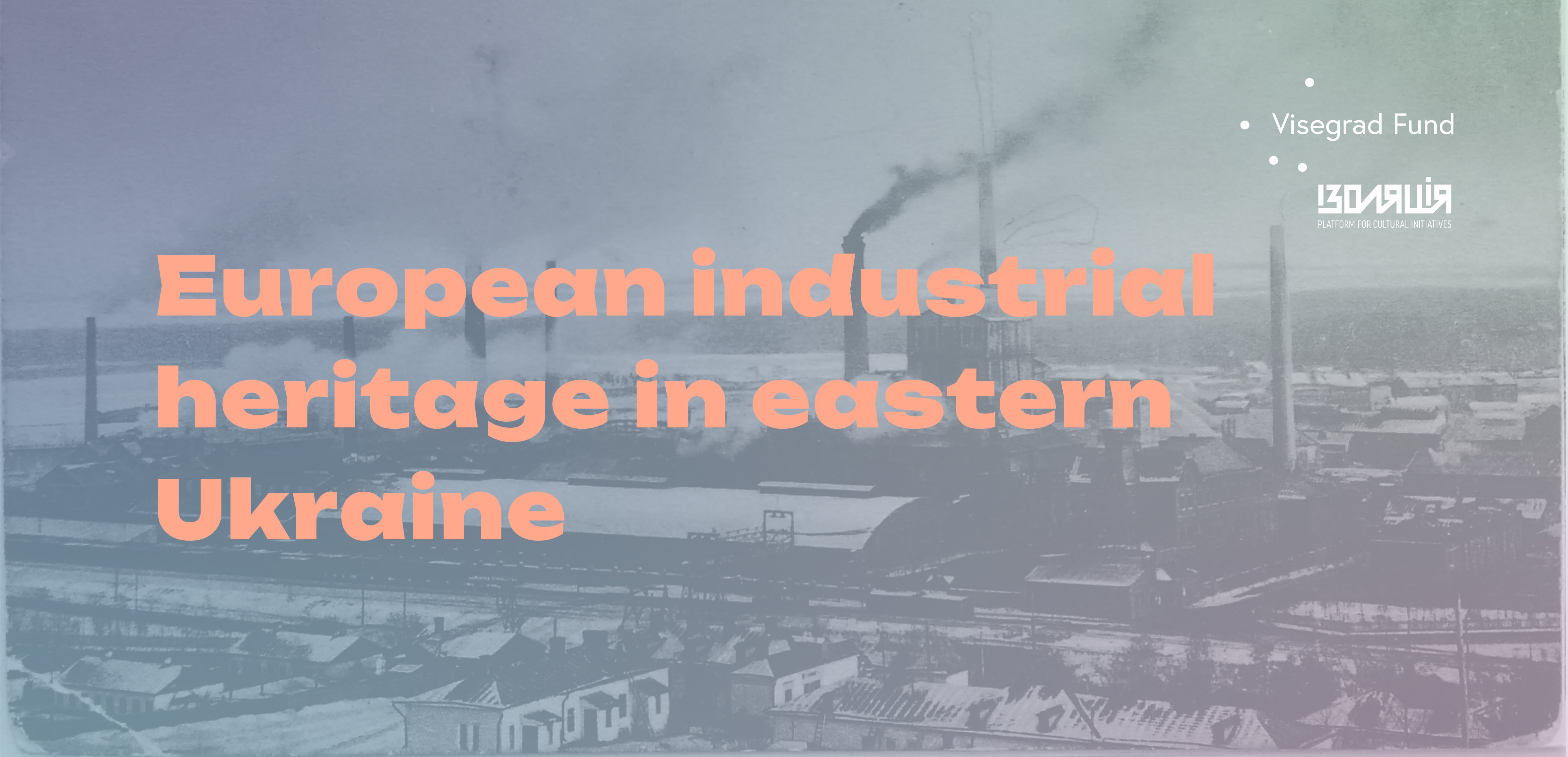European Industrial Heritage in Eastern Ukraine

1 July 2023 — 1 July 2024
European industrial heritage in Eastern Ukraine is a project of the IZOLYATSIA Foundation, within the framework of Critical Revealing of Communist Heritage in the V4 region, Ukraine and Georgia programme, implemented in cooperation with Vzdělávací a kulturní centrum Broumov (Czech Republic), Auróra Közösségi Ház (Hungary), MUA - Architecture & Placemaking (Georgia), and Malý Berlín (Slovakia). The aim of the programme is to explore the impact of the Soviet and communist legacy on the development of Central European countries, Georgia and Ukraine.
The programme consists of projects by four independent cultural centres researching historical cultural heritage in the Visegrad region, Ukraine, and Georgia. Each of the project participants will create a separate pilot project that will explore historical and communist heritage, its significance and impact on the region. The programme will also provide an exchange of knowledge and experience on the creative presentation of communist history between independent cultural centres or similar entities in Slovakia, the Czech Republic, Hungary, Ukraine, and Georgia.
Each of the partners identified cultural heritage sites specific to the Soviet or communist period on their territory: the forced eviction of the Roma minority in Trnava (Slovakia), industrial bread production in the Soviet Union (Georgia), the industrial heritage of Donbas (Ukraine), the internment of nuns in the Broumov Monastery (Czech Republic), and further education colleges as a driver of freedom in a communist society (Hungary).
The IZOLYATSIA Foundation is implementing a project to study the creation of myths about Soviet industrialisation based on the real European industrial heritage in Eastern Ukraine. The research is focused on the real connections between the region and European industrial companies, the connections between the Ukrainian population and the population that moved to the region from other European countries in search of work, and how the Soviet occupation tried to destroy the memory of these connections and create a new artificial historical reality.
Ukraine's industrial history is closely linked to developing enterprises and technologies in old Europe. In the 19th century, Donbas was the centre of state and independent investment in Western countries: entrepreneurs, engineers and workers from different countries travelled to the region searching for work and opportunities to build new businesses and introduce the latest technologies. Soviet occupation authorities hid this history and shifted the attention of official science and propaganda to Soviet industrialisation achievements. After Ukraine regained its independence, the opportunity to restore the memory of the region's close ties with the UK, Belgium, Germany, France and other countries, as well as to destroy the myth that the Donetsk and Luhansk regions were created exclusively by the Soviet government, returned.
After the full-scale invasion of Ukraine by the Russian Federation in 2022, most of the historical monuments that preserved the memory of these times were destroyed, and now the memory of them remains only in the archives. As part of the project, the European Industrial Heritage in Eastern Ukraine website will be created to tell the story of how Donetsk, Mariupol, Lysychansk, and New York were founded around European industrial enterprises, their subsequent history, and what has happened to the heritage of these enterprises today.
The project was created in collaboration with Ukrainian filmmaker Korniy Gritsyuk, and is based on the research that the director and his team conducted for the film Eurodonbas.
The project is co-financed by the Governments of Czechia, Hungary, Poland and Slovakia through Visegrad Grants from the International Visegrad Fund. The mission of the fund is to advance ideas for sustainable regional cooperation in Central Europe.